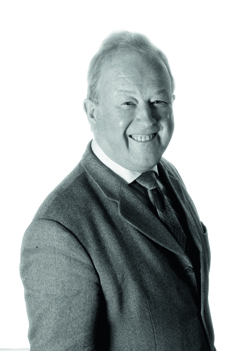In Focus: The wartime masterpieces of Alfred Munnings
Huon Mallalieu welcomes the opportunity to see a significant body of wartime paintings alongside other works by Munnings in his former home.
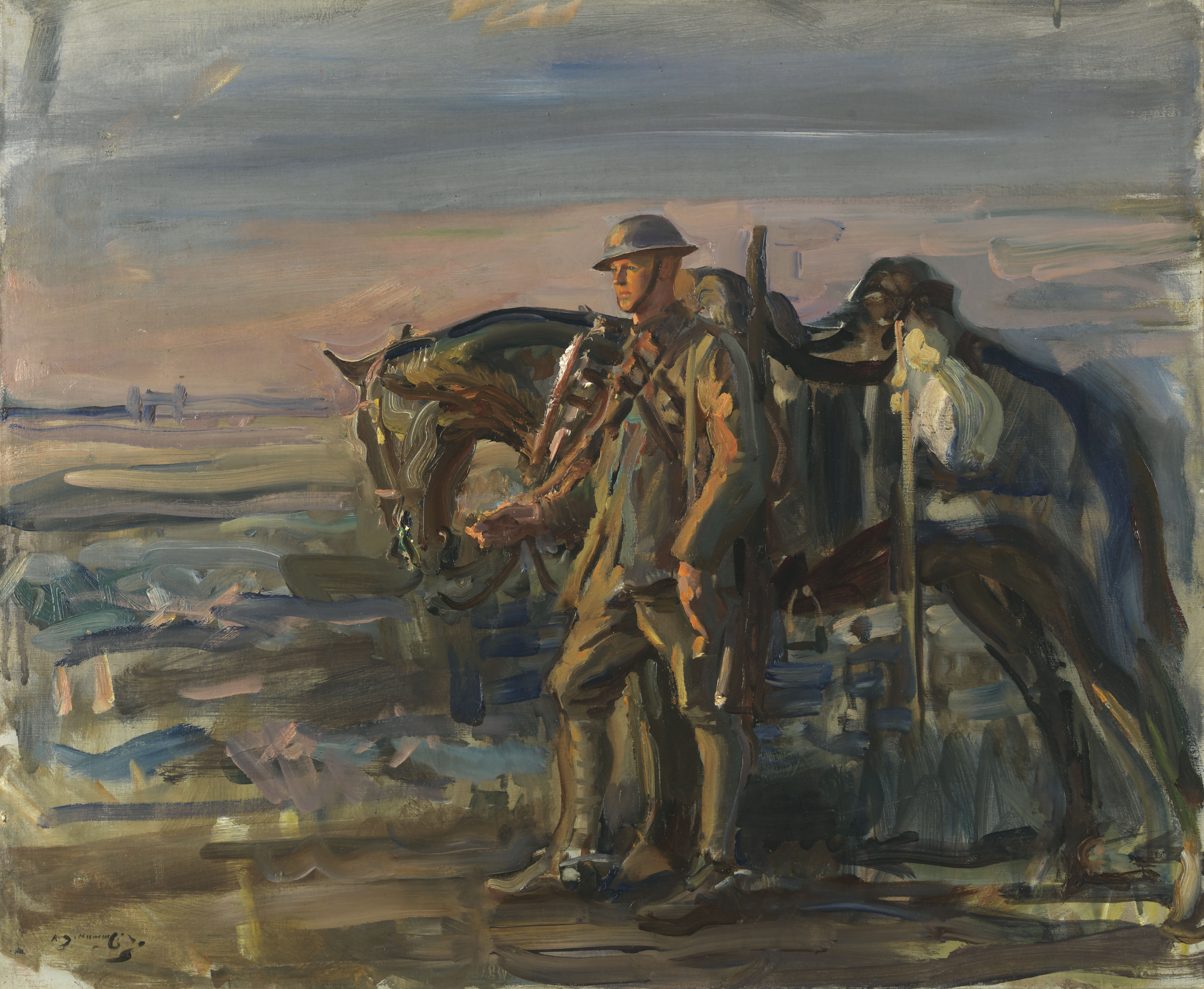

In 1919, on his return from his time as an Official War Artist with the Canadian cavalry and just before his second marriage, Alfred Munnings bought Castle House, Dedham, in what had until then been indisputably Constable Country. He moved his custombuilt studio to the garden and, except during the Second World War, he lived there for the rest of his life.
His widow, Violet, established The Munnings Art Museum in the 1960s, transferring to a trust many of the contents and all his paintings that remained in her possession. Since then, more paintings have been purchased to plug gaps in his career and works are also occasionally borrowed from other museums and collections. Both house and original furniture have been restored to preserve the atmosphere of the artist’s home as it was.
Now, a century after Munnings moved in, 41 of his wartime works have followed him, on loan from the Canadian War Museum. The exhibition, ‘Behind the Lines’, has already been shown at the National Army Museum in London, but here at Castle House, the paintings are shown together with sketches for them from the resident collection.
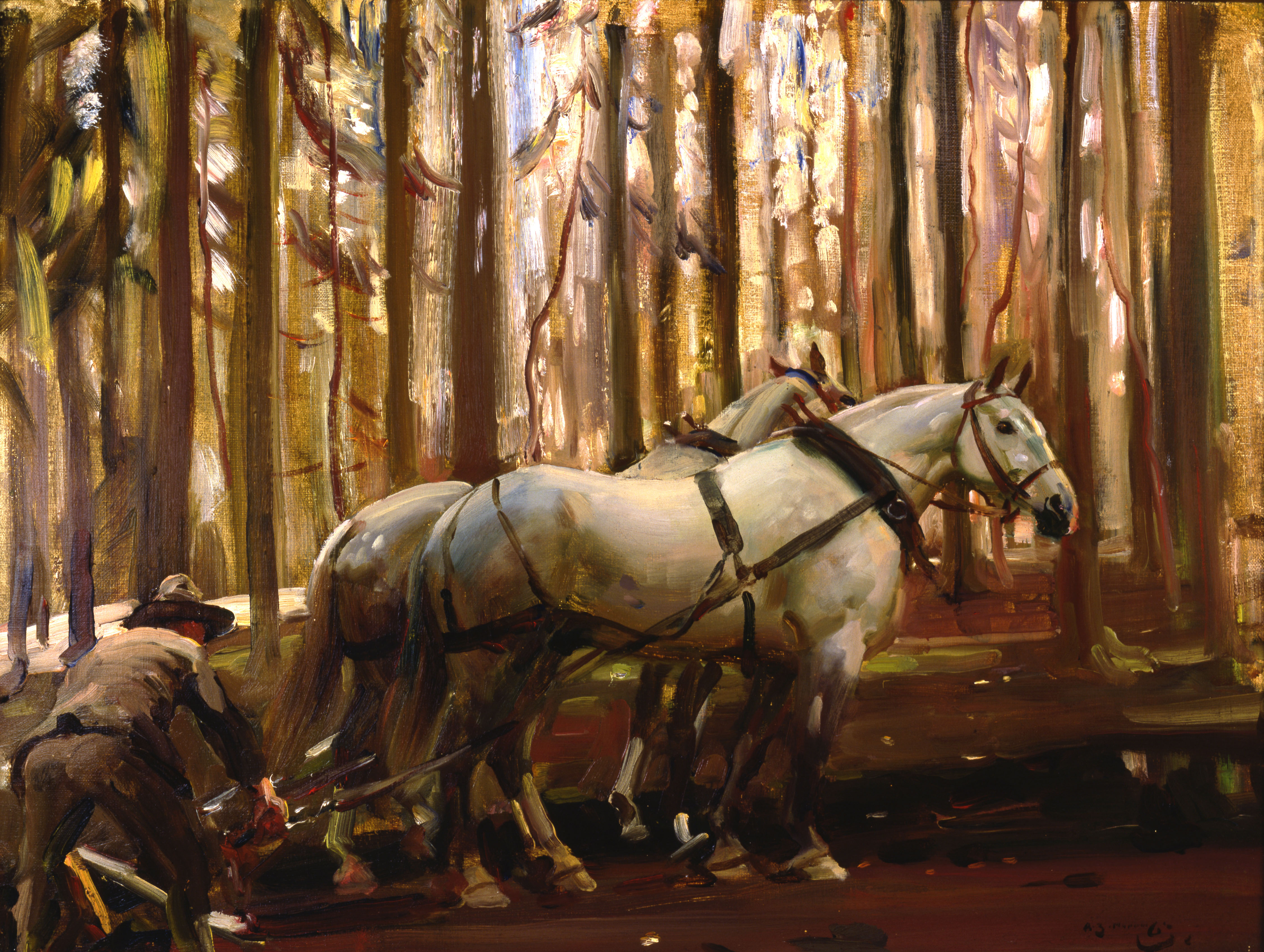
In 1899, an accident with a thorn hedge blinded Munnings in his right eye, which meant that he was unable to enlist at the outbreak of war. He was not yet widely known, but, in 1917, when he was working under the command of Maj Cecil Aldin at the Army Remounts Centre near Reading, his talent was spotted by Paul Konody, art critic of the Observer, who was signing up artists for Max Aitken’s (later Lord Beaverbrook) Canadian War Records Office.
'He was painting some of the earliest of the equestrian portraits that would become the mainstay of his postwar career'
As a result, between January and April, 1918, Munnings worked as an official artist with the Canadian Cavalry Brigade on the Somme sector of the Western Front. He won the affection and cooperation of officers and men by producing some of the finest images of horses at war and the men were thrilled to recognise themselves and their charges in the paintings. Among them are some that he and other judges thought of as his finest works, such as Watering on the March, of which he later made four copies.
At the same time, he was painting some of the earliest of the equestrian portraits that would become the mainstay of his postwar career, notably those of Gen Jack Seely; Lord Motti-stone, commander of the cavalry brigade; Maj Brooke, one of the British army’s best horsemen; and Seely’s ADC Capt Prince Antoine of Orléans and Braganza.
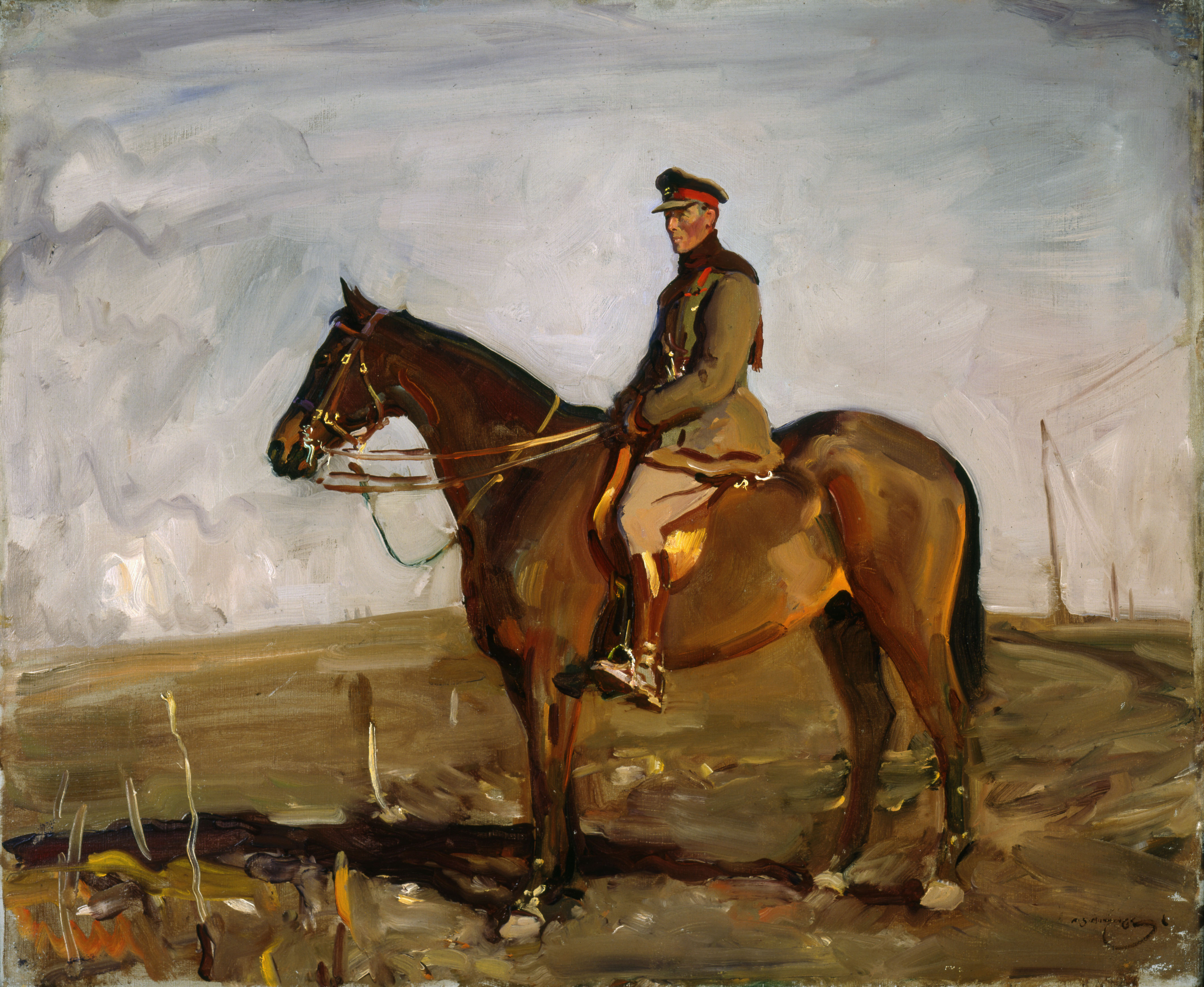
Although many of the paintings, drawings and oil sketches show the devastation of conflict, only one – the famous Charge of Flowerdew’s Squadron at Moreuil Wood – shows a battle scene and it is an idealised interpretation, as Munnings did not witness the event. By coincidence, Capt Flowerdew, who was given a posthumous VC, had been edu-cated at Framlingham College a few years after Munnings.
Exquisite houses, the beauty of Nature, and how to get the most from your life, straight to your inbox.
One of the artist’s first billets was at the brigade headquarters in Smallfoot Wood, where he painted a fatigue party making bomb-proof shelters. Luckily, he was a little further back a few days later when those shelters were desperately needed and the position abandoned under fierce shellfire. He recalled that the sound of the bombardment ‘became the background to all our doings... I lay in bed trembling with fear’. One would never guess it from an oil sketch on board of a calm dawn sky, but on the reverse he wrote: ‘April 2nd 1918 during German attack.’
Despite orders to return home, he was ‘persuaded’ by two colonels – ‘they assured me that they were going to kidnap me and all my paraphernalia,’ he recalled – to move further behind the lines to record the work of the Cana-dian Forestry Corps in the Jura on the Swiss border and the Forest of Dreux, west of Paris, where it was helping to supply the army’s insatiable demand for timber.
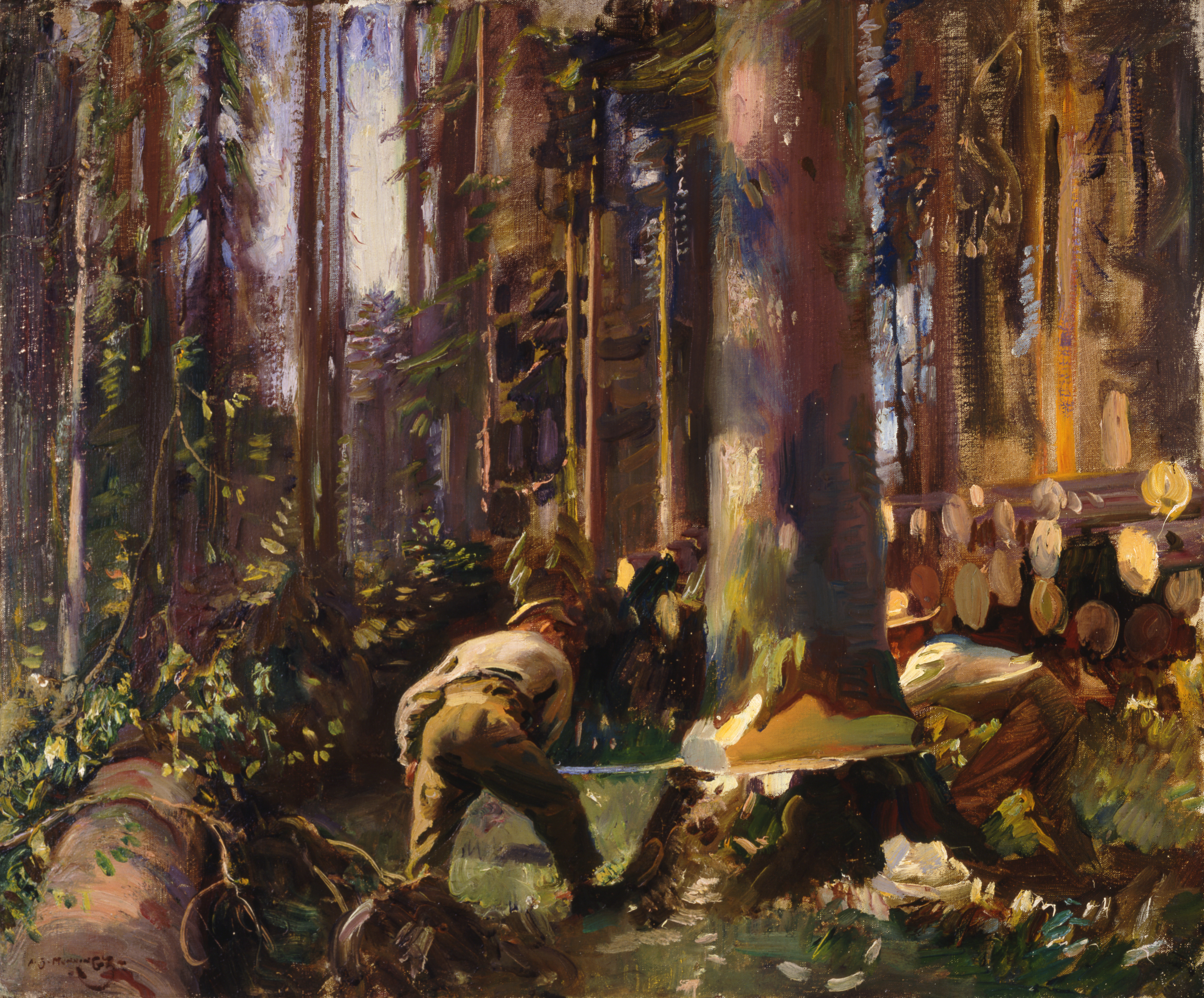
The sketchbooks hold many delights. As well as studies that would bring life to the paintings are humorous drawings of the brigade’s French interpreters, for the most part aristocratic cavalrymen, and the ladies who ran the hotels and cafes where the troops relaxed. In the Jura, there was time for a painting of a peasant ploughing with a bull. The farmer was so pleased that he not only gave Munnings supper, but introduced him to his daughters, saying ‘that if I cared to stop, I could marry one of them’.

In Focus: The Spanish painter whose visceral depictions of martyrdom still have the power to shock
The unflinching representations of brutality in Jusepe de Ribera's images of martyrdom is the focus of a new exhibition, the
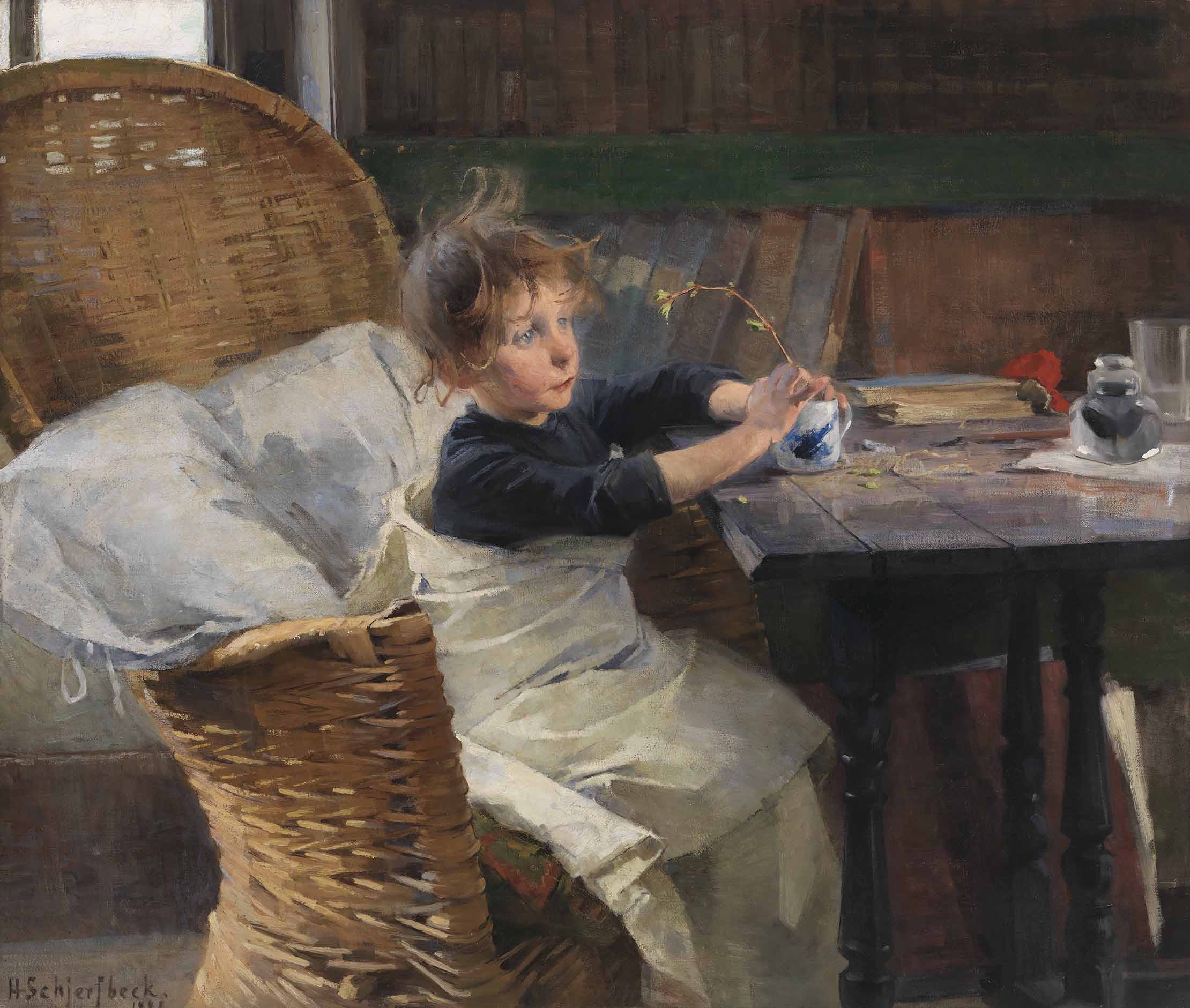
In Focus: The masterpiece painted in Cornwall by an iconic Finnish artist
Helen Schjerfbeck is a national icon in Finland but hasn't had a solo exhibition in Britain since the 19th century.
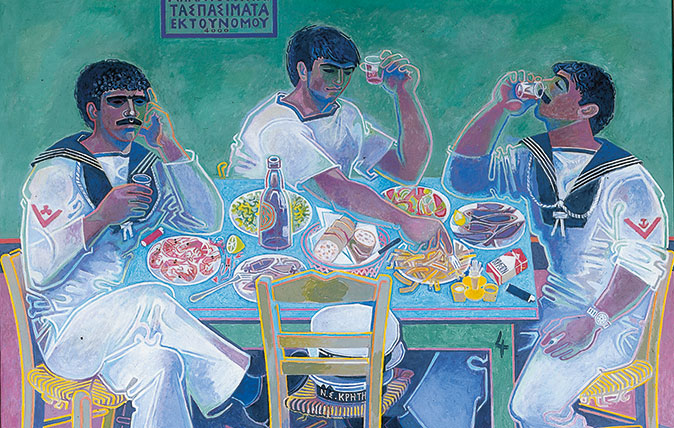
In Focus: The charmed life of Paddy Leigh Fermor and friends in Greece
The iconic writer Paddy Leigh Fermor and two of his friends in Greece – both artists, one a local man and
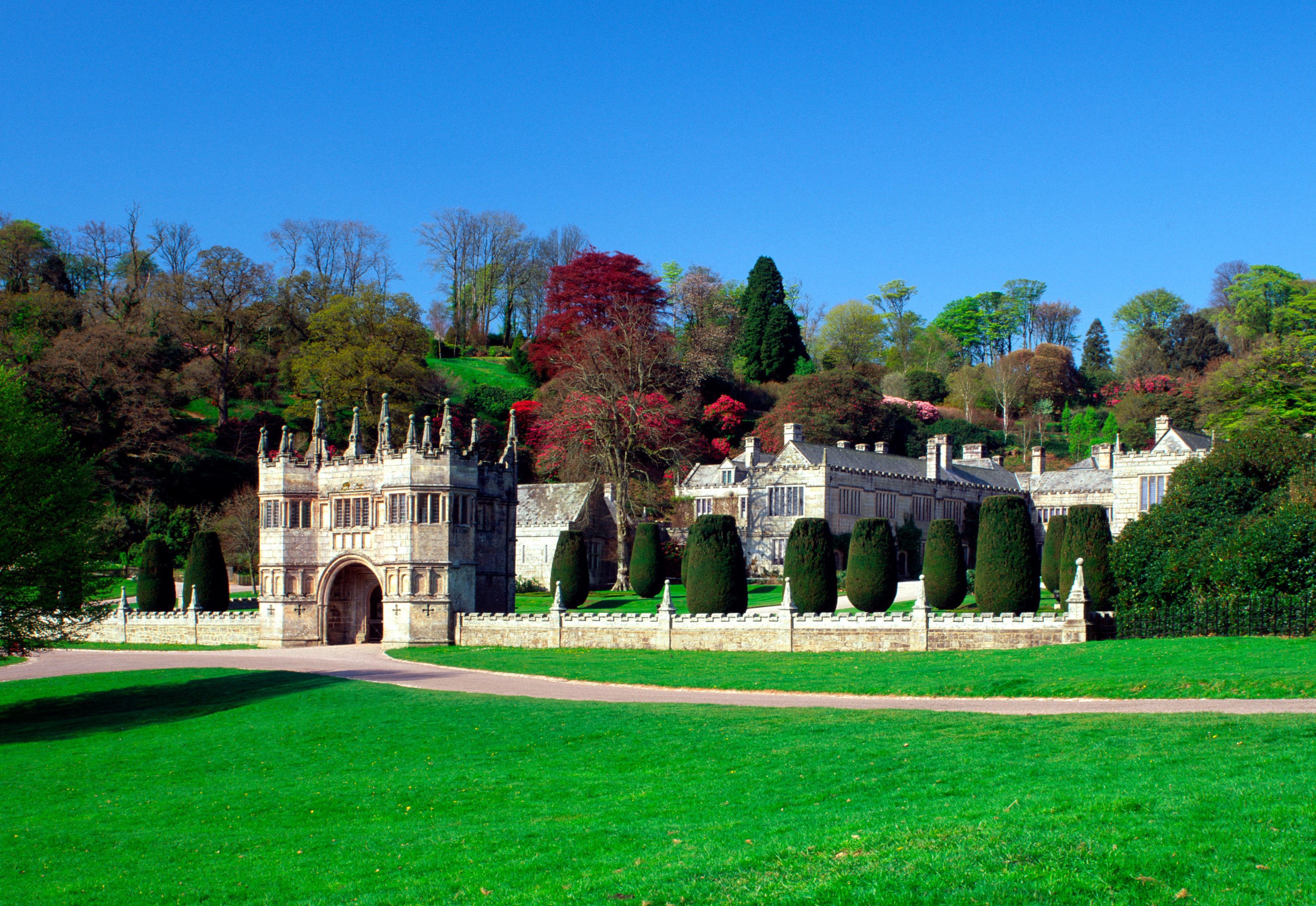
In Focus: The Mansions of Cornwall, as they existed in 1846
A rare survey of over 80 Cornish country houses has been found and reprinted – Adrian Tinniswood takes a look.
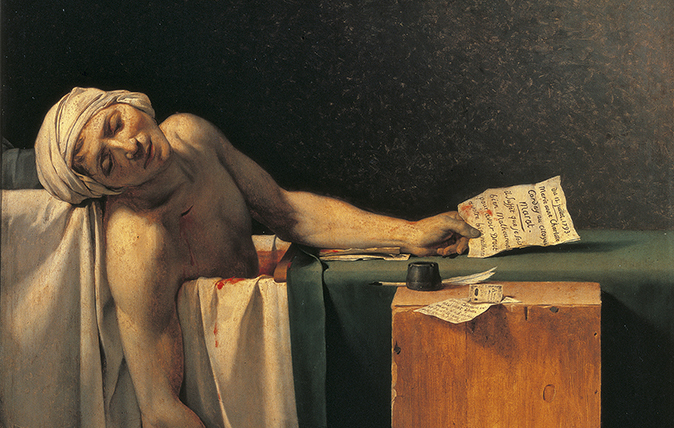
My favourite painting: Harry Meade
'I like the idealised realism — in the same way as Munnings painted every horse to look conformationally perfect'
After four years at Christie’s cataloguing watercolours, historian Huon Mallalieu became a freelance writer specialising in art and antiques, and for a time the property market. He has been a ‘regular casual’ with The Times since 1976, art market writer for Country Life since 1990, and writes on exhibitions in The Oldie. His Biographical Dictionary of British Watercolour Artists (1976) went through several editions. Other books include Understanding Watercolours (1985), the best-selling Antiques Roadshow A-Z of Antiques Hunting (1996), and 1066 and Rather More (2009), recounting his 12-day walk from York to Battle in the steps of King Harold’s army. His In the Ear of the Beholder will be published by Thomas Del Mar in 2025. Other interests include Shakespeare and cartoons.
